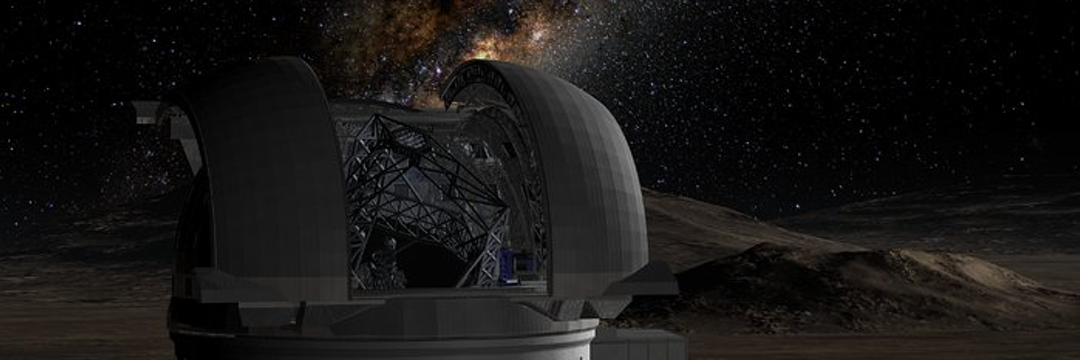
doi.org/10.1016/j.jmbbm.2025.106935
Credibility: 989
#Fingers
Have you ever noticed that, after spending time in water, your fingers get full of wrinkles? Curious children asked scientists about this:
“Do wrinkles always appear the same way”? asked one of them

“I had no idea!” confessed Guy German, a biomedical engineer at Binghamton University in New York.
This question led him to conduct research to find out.
German and his colleague Rachel Laytin invited three volunteers to dip their fingers in water for 30 minutes.
They took photos and saw that the pattern of wrinkles, with “mountains and valleys” on the wet fingers, was almost the same when the volunteers repeated the test 24 hours later.

But how do these wrinkles form? When water enters the skin through the pores (the little holes where sweat comes out), it changes the amount of salt in the outer layer of the skin.
This causes the nerves to send a signal to the brain, which responds by telling the blood vessels in the skin to “shrink.” These vessels pull the skin down, creating the wrinkles that give the fingers that wrinkled texture.
“The blood vessels don’t change location much.
They move a little, but they stay more or less in the same position,” explains German.
“That’s why the wrinkles always appear in a similar way, and we confirmed this in the research.”

And these wrinkles aren’t just a curious detail! They help improve our grip on wet things, like holding objects or walking on damp surfaces.
It’s as if the skin creates temporary “grooves” to give us more grip.
But why don’t we have these wrinkles all the time? Scientists still don’t know for sure, but they believe they may make the fingers less sensitive to touch or easier to hurt.
People used to think that wrinkles appeared because the skin swelled in water.
But a 2016 study showed that the skin would need to swell by at least 20% for this to happen, which is not the case.
In addition, research has found that people with nerve damage in their fingers do not get wrinkled skin in water.
German says: “One of my students said he had damage to the median nerve in his fingers.
We tested him, and sure enough: no wrinkles!”

These findings are not just curiosities.
They can help, for example, in the area of “forensics, such as identifying bodies after natural disasters, when the skin has been in water for a long time.
We now know that the wrinkles on our fingers are another unique pattern of our skin, just like fingerprints and other marks that we all have but do not always see.
Published in 05/15/2025 02h31
Text adapted by AI (Grok) and translated via Google API in the English version. Images from public image libraries or credits in the caption. Information about DOI, author and institution can be found in the body of the article.
Reference article:
Original study:
| Geoprocessing Drone Systems HPC |

| ERP and CRM Systems Mobile Systems AI |


